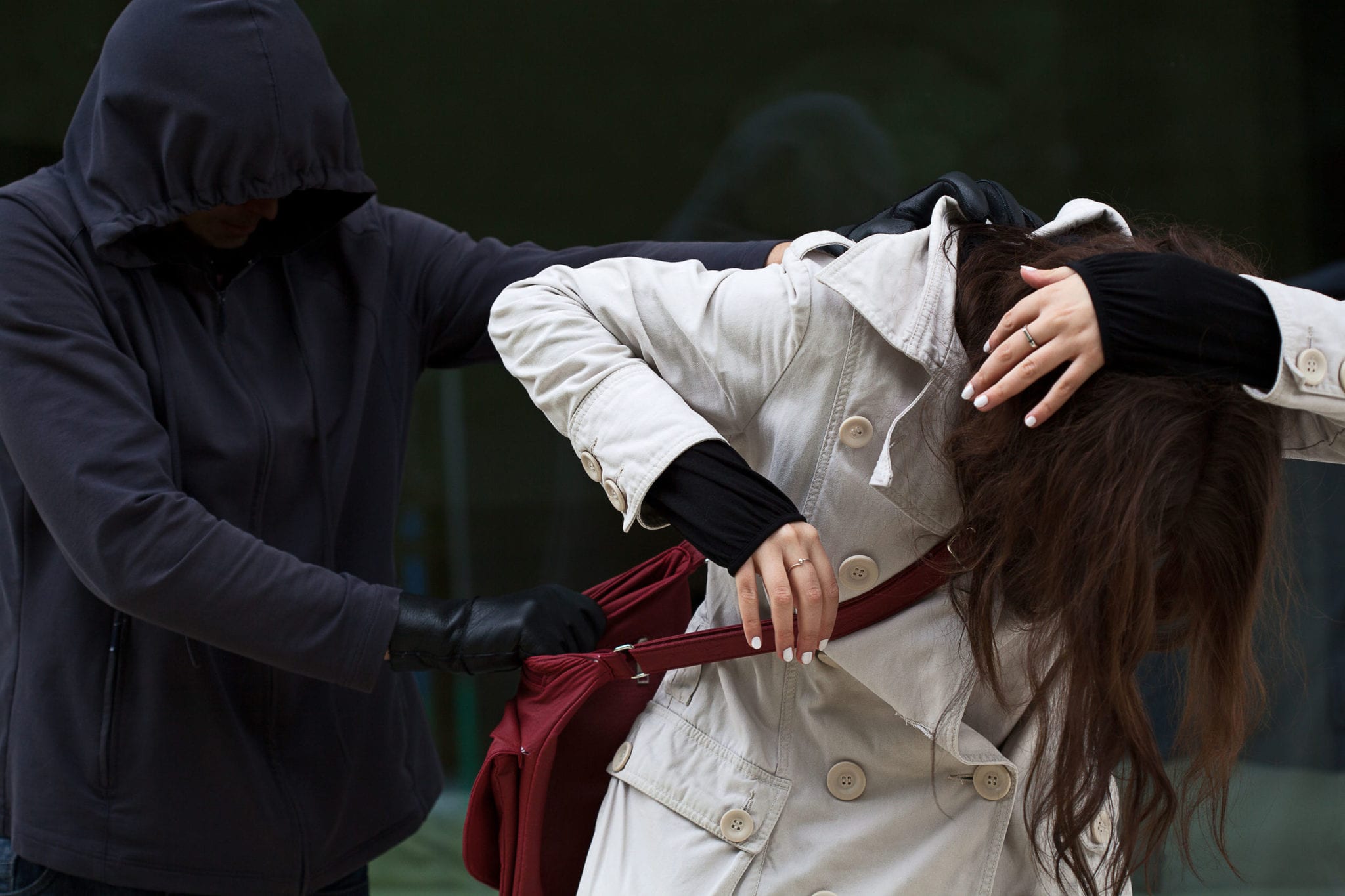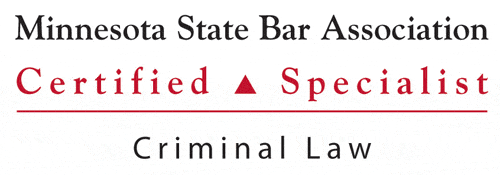
Within the Minnesota criminal justice system, burglary and robbery are separate offenses, each with their own defining characteristics and associated penalties. Although the two terms are often used interchangeably in conversation, our state has clear rules on what makes a burglary versus what makes a robbery.
Below, we will define both burglary and robbery, detail their differences, and outline the potential consequences of a conviction for each crime.
What Is Burglary According to Minnesota Law?
In our state, burglary is defined as entering a building without consent with the intention of committing a crime within.
Note that you can be charged with burglary if you enter a building without permission and merely have the intention of committing a crime – you don’t need to actually commit the crime you were intending.
Our state divides the offense into four separate degrees, with first-degree burglary considered the most serious and fourth-degree burglary the least.
We’ve outlined the four degrees of burglary in Minnesota below.
First-Degree Burglary
In Minnesota, burglary in the first degree is defined as entering a building without permission with the intention of committing a crime if one of the following applies:
- The building is a residence and has one or more persons currently inside;
- The burglar has a dangerous weapon, explosive, or something that appears to be a dangerous weapon
- The burglar assaults someone on the property
First-degree burglary is punishable by up to 20 years imprisonment, a fine of up to $35,000, or both. In most cases, first-degree burglary carries a mandatory sentence of six months or more in a county workhouse if the burglary occurred in an occupied residence.
Second-Degree Burglary
Burglary in the second degree is defined as entering a building without permission with the intention of committing a crime if one of the following applies:

- The building is a residence
- The part of the building that was entered has banking or a similar business and force or threat of force is used
- The area of the building entered has a pharmacy or other legal business where controlled substances are kept and force or threat of force is used
- The burglar has a tool that can be used to access money or property when he or she is entering the building
Second-degree burglary is punishable by up to 10 years imprisonment, a fine of up to $20,000, or both.
Third-Degree Burglary
Burglary in the third degree is defined as entering a building without permission with the intention of stealing or committing a felony or gross misdemeanor – regardless of whether or not the stealing occurs or the felony or gross misdemeanor is committed.
Third-degree burglary is punishable by up to five years imprisonment, a fine of up to $10,000, or both.
Fourth-Degree Burglary
Minnesota defines burglary in the fourth degree as entering a building without permission with the intention of committing a misdemeanor – regardless of whether or not the misdemeanor is committed.
Fourth-degree burglary is punishable by up to one year of imprisonment, a fine of up to $3,000, or both.
So, How Does Minnesota’s Definition of Robbery Differ?
Quite unlike a burglary, a robbery occurs when an individual takes property from another individual using force or the threat of force. And while Minnesota recognizes four different degrees of burglary, our state typically classifies robbery offenses as simple robbery or aggravated robbery in the first- or second- degree.
Simple Robbery
In Minnesota, simple robbery is defined as using force or threatening the use of force to take property from another person. Simple robbery is punishable by up to 10 years imprisonment, a fine of up to $20,000, or both.
First-Degree Aggravated Robbery
While simple robbery involves only the threat of force or the use of force, the offense may be elevated to aggravated robbery in the first degree if a dangerous weapon is used or if the victim is harmed. This is the most serious type of robbery under Minnesota law.

Aggravated robbery in the first degree is punishable by up to 20 years imprisonment, a fine of up to $35,000, or both.
Second-Degree Aggravated Robbery
Aggravated robbery in the second degree occurs if the use of a dangerous weapon is implied – for example, if the robber tells the victim he or she has a knife. This is the second most serious type of robbery under Minnesota law.
Aggravated robbery in the second degree is punishable by up to 15 years imprisonment, a fine of up to $30,000, or both.
About the Author:
Christopher Keyser is a Minneapolis-based criminal and DWI defense attorney known for fighting aggressively for his clients and utilizing innovative tactics to get the most positive results. He has been featured in numerous media outlets due to the breadth and depth of his knowledge, and recognized as a Minnesota Super Lawyers Rising Star (2014–2015), a Top 100 Trial Lawyer (2013–2015), and a Top 40 Under 40 Attorney (2013–2015).





